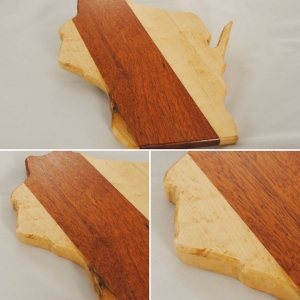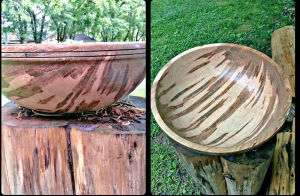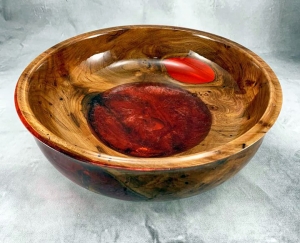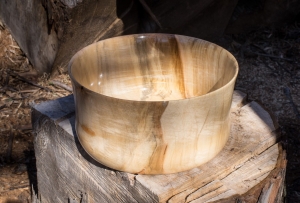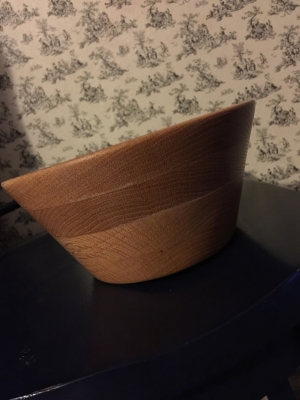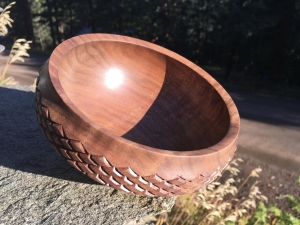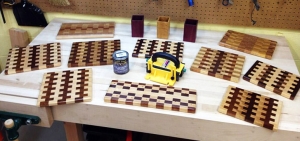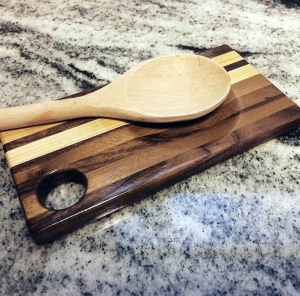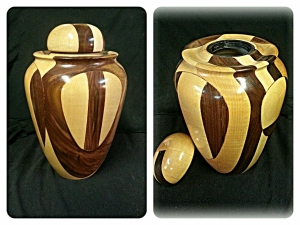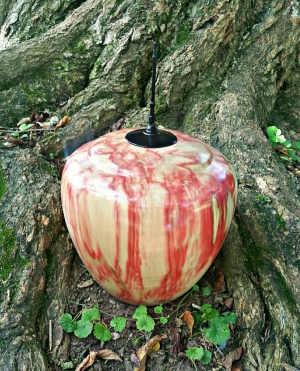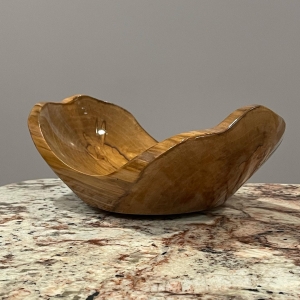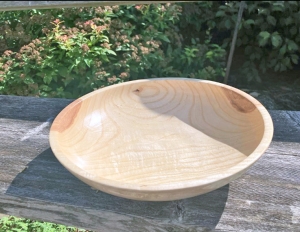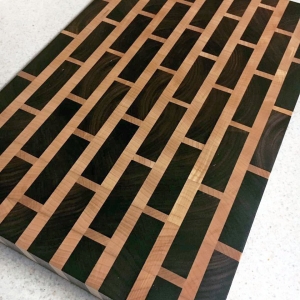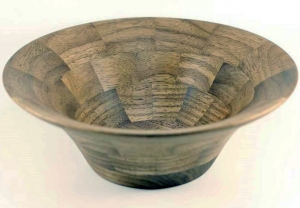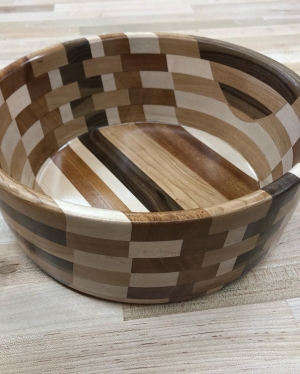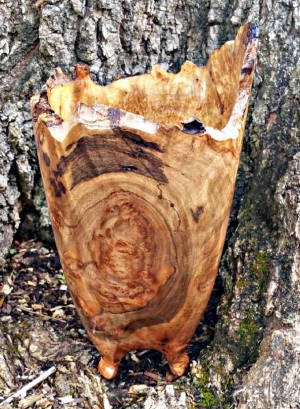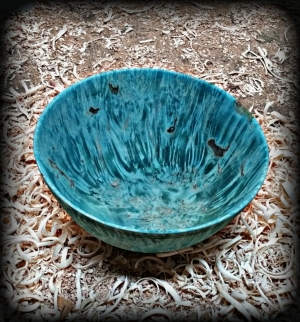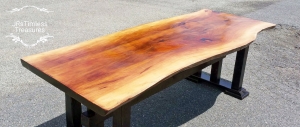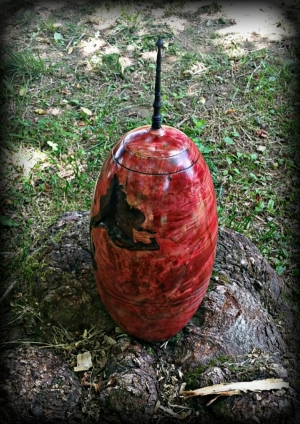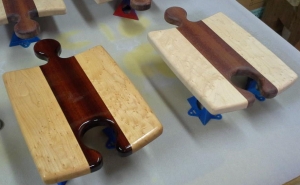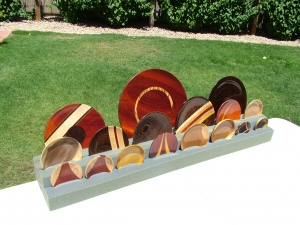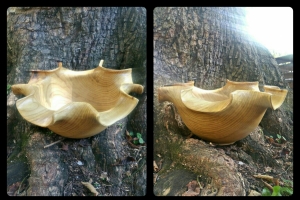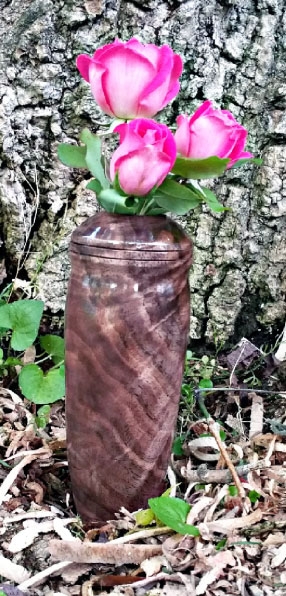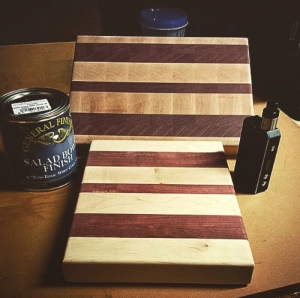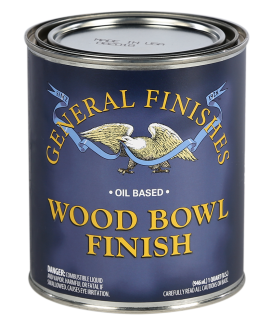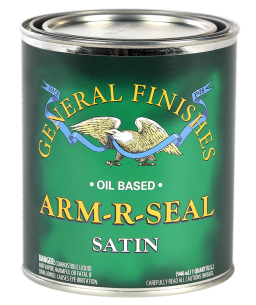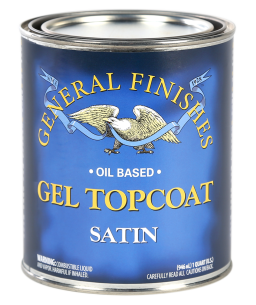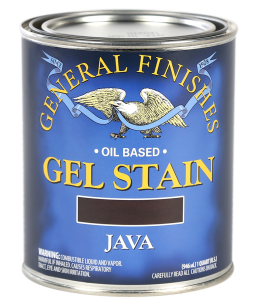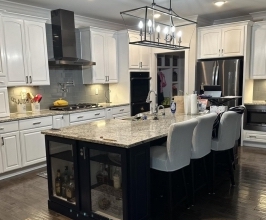Hard Wax Oil Warnings and Warranties
Limited Warranty
General Finishes products must be tested to your complete satisfaction before using. General Finishes will not be responsible for color satisfaction, misapplication, nor compatibility with other manufacturers' products. General Finishes will be responsible only for the cost of our products, and not for costs such as labor, damage or project replacement.
Contamination and Compatibility
Our finishes are engineered as a system and are compatible with each other. General Finishes cannot guarantee an ideal refinish when applying our products on top of or combined with another company's products or over surfaces that have been in contact with waxes, polishes or sprays containing contaminants such as silicone. Test for adherence and aesthetics before beginning.
FIRST AID: Seek immediate medical attention if symptoms occur due to the following. EYE CONTACT: Remove any contact lenses. Flush eyes with water for 20+ minutes while lifting upper and lower eyelids. SKIN CONTACT: Wash thoroughly after handling. INHALATION: Move to fresh air. Loosen tight clothing. If not breathing, if breathing is irregular, or if respiratory arrest occurs, trained personnel should provide artificial respiration or oxygen. INGESTION: Call physician immediately. Wash out mouth with water. Do not induce vomiting unless directed to do so by medical personnel. Never give anything by mouth to an unconscious person.
Prop 65 WARNING: No chemicals were found in this product which are known to the State of California to cause cancer, birth defects or other reproductive harm. For more information go to www.P65Warnings.ca.gov.
DANGER: COMBUSTIBLE LIQUID AND VAPOR. HARMFUL OR FATAL IF SWALLOWED. CAUSES EYE IRRITATION.
DANGER: Can enter lungs and cause damage. DANGER: Keep out of reach of children. Keep away from heat and flame. Use only with adequate ventilation. Do not breathe vapor or mist. Do not swallow. Avoid contact with eyes. Keep container tightly closed when not in use. Wash thoroughly after handling.

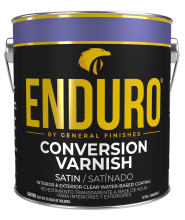 Enduro Water-Based Conversion Varnish
Enduro Water-Based Conversion Varnish
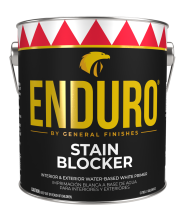 Enduro Water Based Stain Blocker Primer
Enduro Water Based Stain Blocker Primer
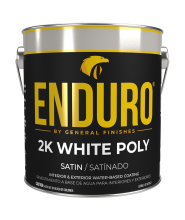 Enduro Water-Based Tintable 2K White Poly
Enduro Water-Based Tintable 2K White Poly
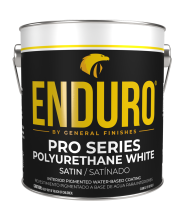 Enduro Water-Based Pro Series White Polyurethane
Enduro Water-Based Pro Series White Polyurethane
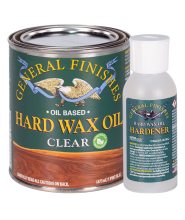 Hard Wax Oil & Hardener
Hard Wax Oil & Hardener
 Gel Stains
Gel Stains
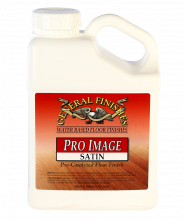 Pro Image Flooring Topcoat
Pro Image Flooring Topcoat
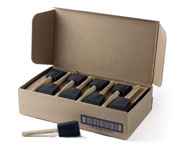 Jen Poly Brushes
Jen Poly Brushes
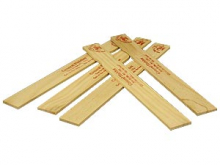 Stir Stix
Stir Stix
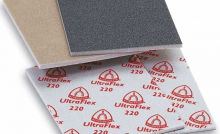 Ultraflex Softback Sanding Sponge
Ultraflex Softback Sanding Sponge
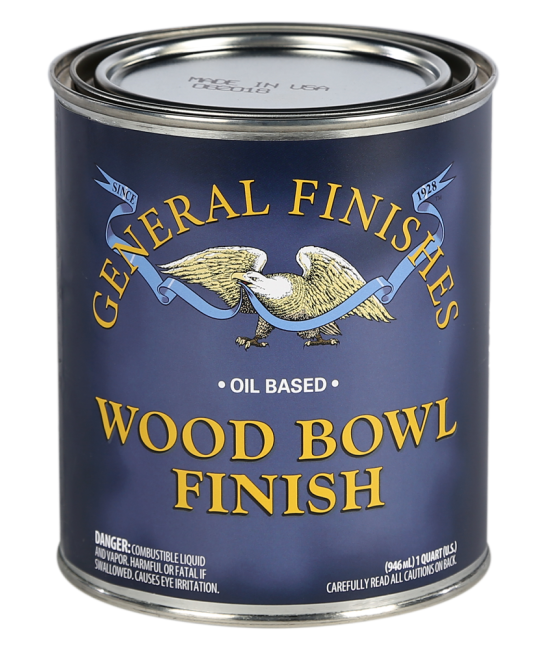
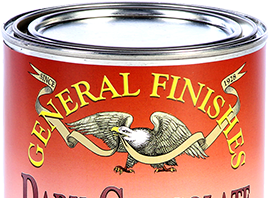
 TDS: Oil Based Wood Bowl Finish - 2020-03
TDS: Oil Based Wood Bowl Finish - 2020-03

